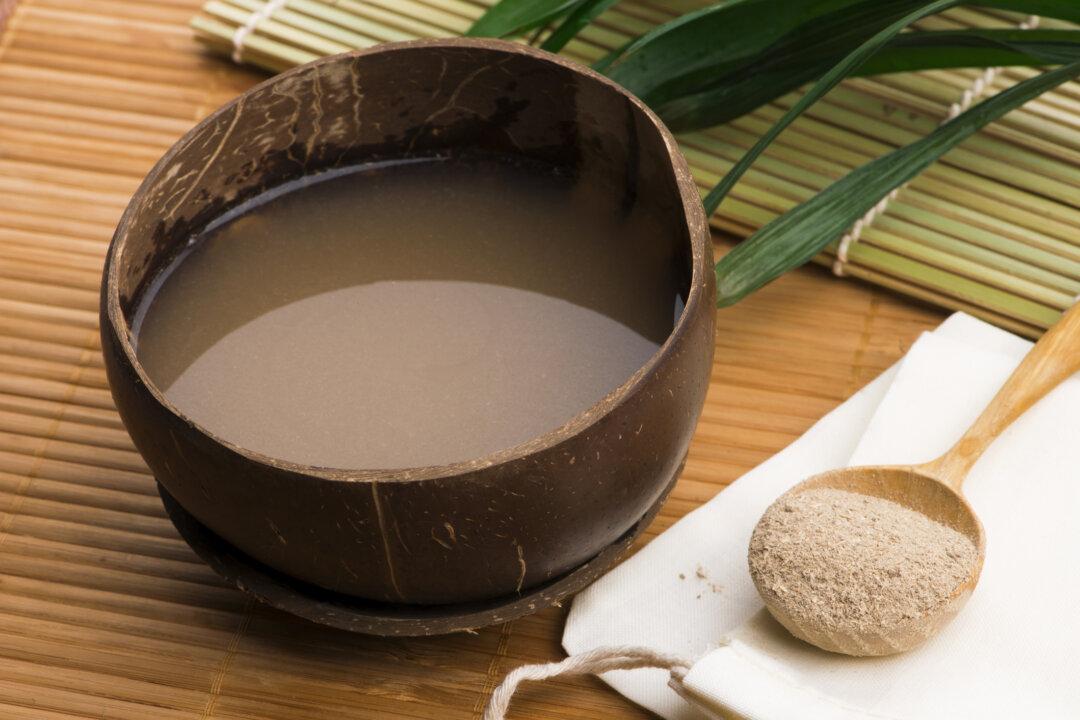Q: Is fat-free milk healthier than whole milk?
A: For a long time, dietary patterns that were considered balanced and healthy often contained the words “low fat” or “fat-free.” This idea was based on the belief that the saturated fats found in milk could contribute to cardiovascular disease (CVD) as well as obesity. More recently, we’ve learned that the link between saturated fat and CVD is dependent on the specific types of saturated fat being consumed.
Fats found in milk contain a combination of saturated, polyunsaturated, and monounsaturated fats, but research suggests that not all saturated fats should be avoided. Some studies have found that dietary fat (including saturated fat) from whole milk may help increase HDL (“good”) cholesterol levels. Also, additional studies have linked intake of whole fat dairy products with reduced body fat and obesity.
Both fat-free and whole dairy foods are good sources of nutrients like calcium, vitamins A, D, and E, and beneficial fatty acids. If you choose full-fat dairy, do so within a balanced and healthy overall dietary plan.






